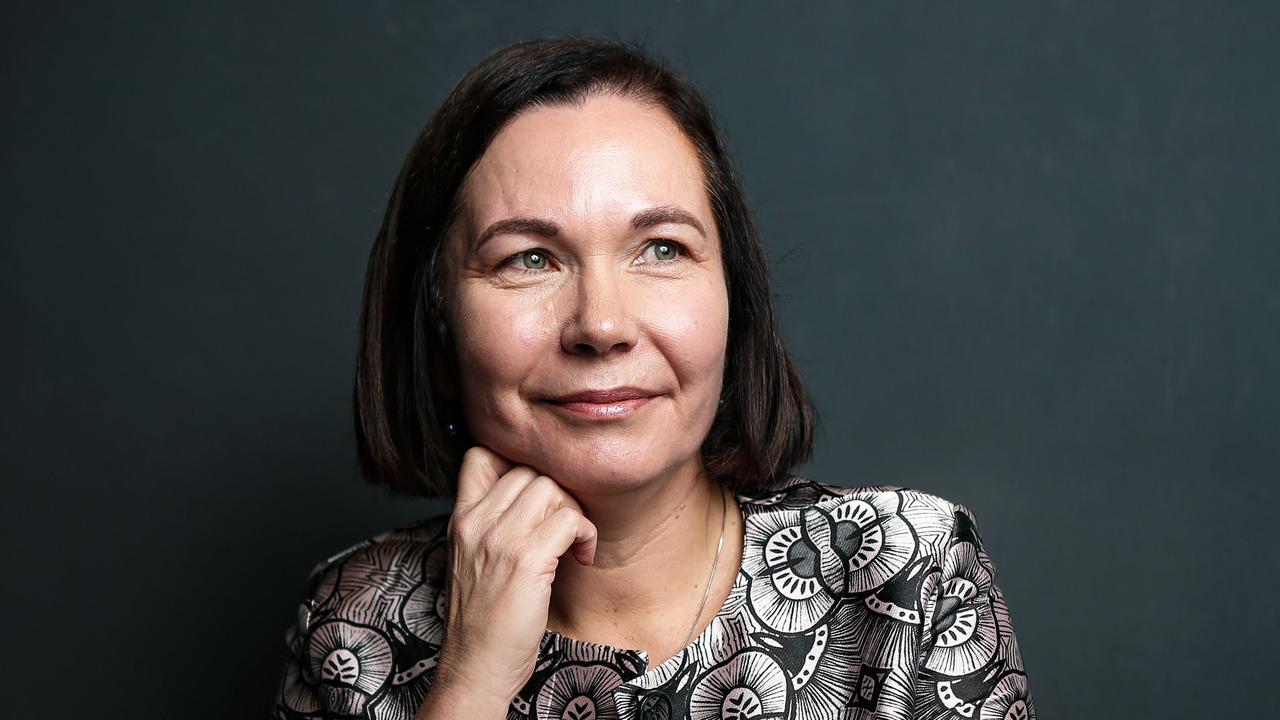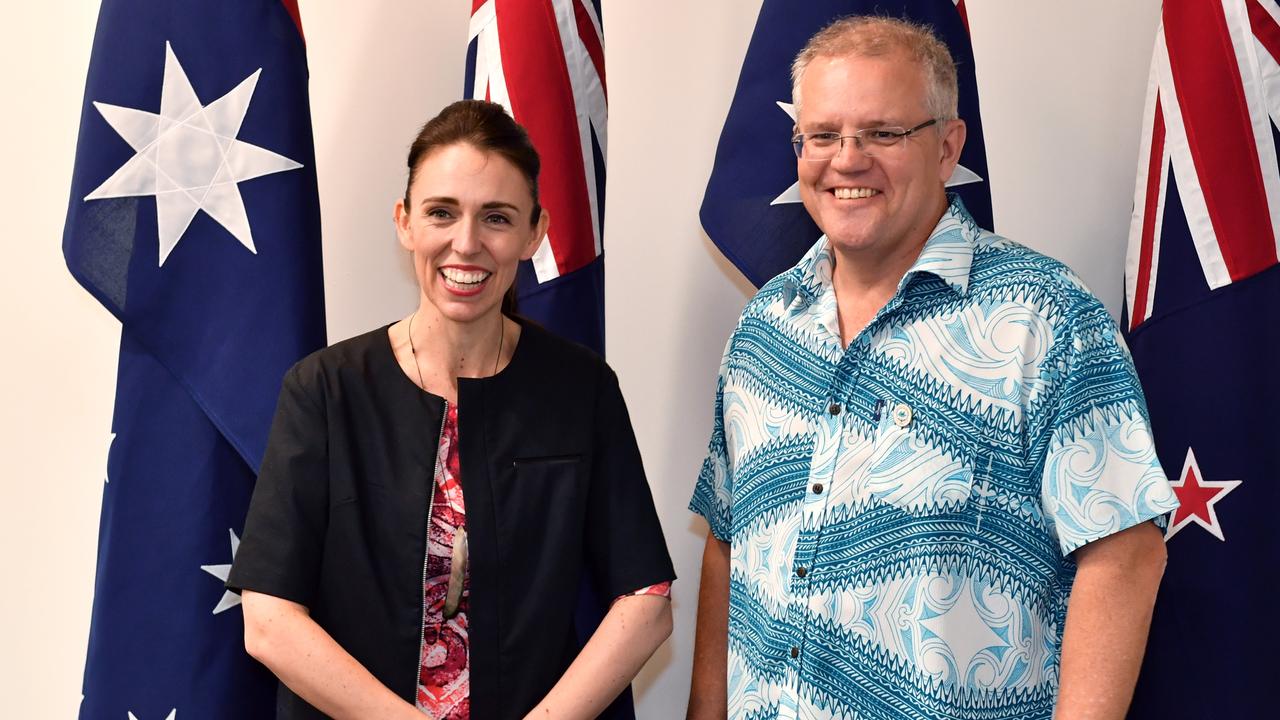Trump is dead right: NATO partners are freeloading on defence
US President Donald Trump’s participation in last week’s NATO summit gave more ammunition to his critics, some of whom think of him as a boorish simpleton.
He again gave the impression he wrongly thinks NATO member states are obliged to pay 2 per cent of their GDP to the organisation rather than spend it on their own defence.
He even made the claim that Germany is “controlled by Russia”. And one of his tweets confused “their” and “there”.
Nonetheless, he is justified in criticising the record of many NATO allies on burden-sharing.
And despite getting allies’ backs up, and his general trampling over diplomatic sensitivities, his pressure has done more to make the Europeans accept fairer defence burden sharing than previous presidents.
Trump’s stormy relationship with NATO began when, during the 2016 US election campaign, he described the alliance as “obsolete”.
He later clarified that he meant it didn’t do enough to fight Islamic terrorism — which is true: Germany long resisted a NATO role in the Middle East.
Drama returned at last year’s summit, where he was criticised for not affirming his commitment to Article V, NATO’s mutual defence pact.
Nervous member-states on Russia’s periphery were especially concerned.
Trump corrected course in an emphatic defence of NATO and US commitment to it in Warsaw the following month. Yet he hasn’t retreated from his anger over what he sees as European defence freeloading at US expense.
The frustration is understandable. Last year, the US accounted for 51 per cent of NATO’s combined GDP and 72 per cent of defence expenditure.
To at least partially correct the imbalance, NATO’s 2014 summit agreed that members would “aim to move towards” spending 2 per cent of GDP on defence by 2024.
The combined impact of Russia’s aggression in Ukraine and Trump’s pressure means that almost all of the US’s 28 NATO allies are increasing defence spending.
Still, while the US spent 3.6 per cent of GDP on defence, only five of the other 28 were spending more than 2 per cent.
Germany, Europe’s richest country, was at just 1.2 per cent, and together with a dozen other members is not on track to reach 2 per cent in six years.
Ahead of this year’s summit, Trump wrote sharp letters to allies, warning that Washington was losing patience with what he termed their failure to meet alliance obligations.
“Change is coming,” the US President tweeted.
The NATO summit statement looks like Trump’s pressure has paid off, with members reaffirming “our unwavering commitment” to meet the defence spending targets.
That’s significant. Angela Merkel’s previous foreign minister (and Social Democratic Party leader) Sigmar Gabriel, for one, last year tried to backtrack on the 2024 target, describing it as “unrealistic”. He raised US hackles by trying to argue that spending on security includes development aid, climate change mitigation and spending on refugees.
NATO secretary-general Jens Stoltenberg has acknowledged the impact of Trump’s pressure: “NATO is now more united than before the summit.”
But the summit statement and the 2024 deadline do not satisfy Trump: “Must pay 2% of GDP IMMEDIATELY,” he tweeted.
And at the summit, astonishingly, he appeared to threaten to withdraw the US from NATO unless the wealthiest European countries, including Germany and France, met the 2 per cent commitment by January. Trump then claimed that allies had agreed to these demands and that there was now “no need” to withdraw the US from NATO. He also asked NATO to raise the defence spending target for member states to 4 per cent of GDP.
Whether there was agreement on an accelerated defence spending timetable remains unclear. French President Emmanuel Macron, for one, denied there had been any such agreement. But we should not be surprised if the US President demands new deadlines for increased spending and retaliates if they are missed.
Trump’s advisers, congress and the Republican establishment would resist any move to question American NATO membership. He is more likely to consider reducing the US military presence in Europe.
He told Merkel: “I don’t know how much protection we get by protecting you.”
The fact that a withdrawal of US forces from Europe would have a particular impact on Germany, where 35,000 personnel are stationed, would probably suit him. Trump clearly has a particular contempt for Merkel. He described her opening Germany’s borders to more than a million migrants in 2015 as a “catastrophic mistake” and was recently openly barracking for her downfall.
While Trump remains President, prospects for transatlantic relations will remain the bleakest since the 2003 Iraq war.
From Australia’s standpoint, it’s fortunate the Abbott government committed to restoring defence spending to at least 2 per cent of GDP.
Mark Higgie was Australia’s ambassador to NATO from 2014 to last year.



To join the conversation, please log in. Don't have an account? Register
Join the conversation, you are commenting as Logout